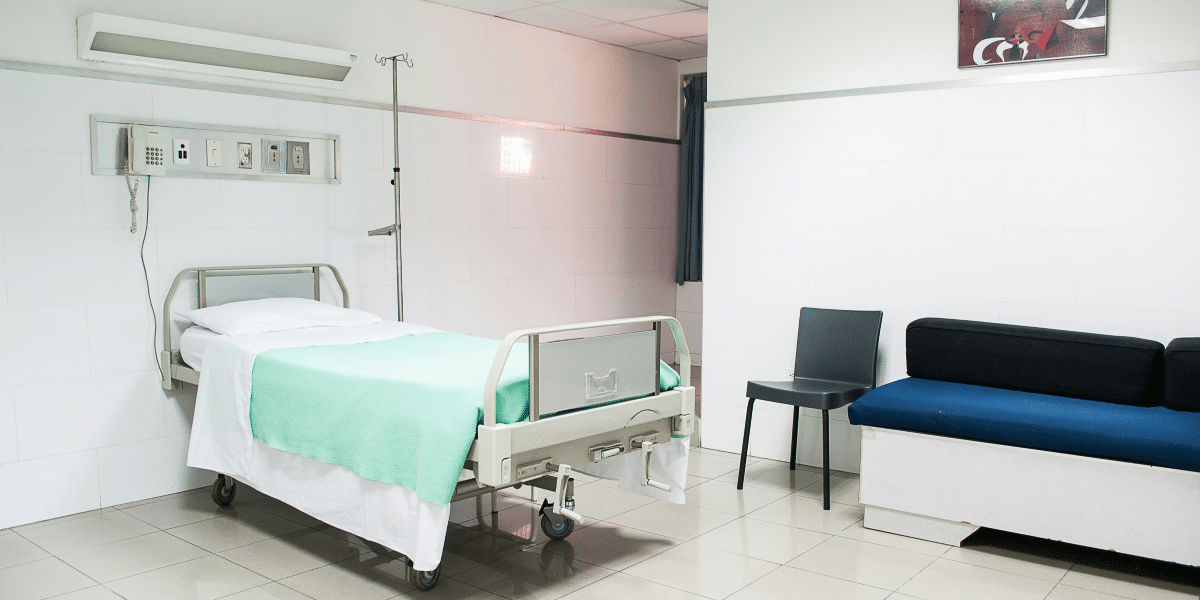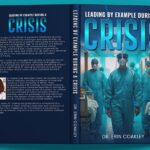By: flymedi.com
Undergoing a mommy makeover can be an exciting yet daunting experience. Understanding the recovery timeline is crucial for planning and peace of mind considering this transformative set of procedures. This article aims to provide general guidance on the recovery process, helping you prepare for your journey.
Initial Recovery Period After Mommy Makeover
The first 24-48 hours after mommy makeover Turkey are critical. During this time, you will likely feel groggy and experience some pain and discomfort. It’s essential to rest and have someone available to assist you with basic tasks. Pain management and hydration are key components of this initial recovery phase.
The First Week Post-Surgery
The first week is often the most challenging. You must manage pain with prescribed medications and strictly adhere to activity restrictions. Avoid lifting anything heavy and limit movements to prevent strain on your incisions. Close monitoring for any signs of complications, such as unusual swelling or fever, is vital.
Weeks 2 to 3: Early Recovery
As you enter the second and third weeks, you will feel better. Gradually increasing your activity level is encouraged, but avoiding strenuous activities is important. Care for your incisions by keeping them clean and attending all follow-up appointments with your surgeon to ensure proper healing.
Weeks 4 to 6: Mid-Recovery
By weeks four to six, you should notice a significant reduction in swelling and bruising. You may begin to notice changes as your body heals and adjusts. Light exercises can often be resumed, but listening to your body and not pushing too hard is crucial.
Weeks 7 to 12: Late Recovery
Most people can return to normal activities, including regular exercise routines, during this phase. The focus becomes on long-term care for your scars and maintaining the results through a healthy lifestyle. A healthy lifestyle can support long-term results, though outcomes may vary based on individual factors.
Factors Influencing Recovery Time
Several factors can influence your recovery time after a mommy makeover. Understanding these factors can help you better prepare and manage your expectations:
- Individual Health Conditions:
-
-
- Your overall health plays a significant role in how quickly you recover. Conditions such as diabetes, heart disease, or autoimmune disorders can prolong the healing process.
- A healthy immune system facilitates quicker recovery, while chronic illnesses might require a more extended healing period.
-
- Age:
-
-
- Younger patients tend to heal faster than older ones. Age can affect skin elasticity, the body’s regenerative capabilities, and recovery speed.
-
- Type and Extent of Procedures Performed:
-
-
- The specific combination of procedures you undergo will impact your recovery time. For example, a simple liposuction might have a shorter recovery period than a full tummy tuck combined with breast augmentation.
- The more extensive the procedures, the longer the recovery period. Multiple surgeries performed simultaneously can increase recovery complexity.
-
- Adherence to Post-Surgery Care Instructions:
-
- Following your surgeon’s aftercare instructions meticulously is crucial for a smooth recovery. Instructions might include guidelines on wound care, activity restrictions, and medication schedules.
- Ignoring or partially following these guidelines can lead to complications, infections, or delayed healing.
Tips for a Smooth Recovery
Ensuring a smooth recovery from a mommy makeover involves several strategies. Here are some tips to help you through the process:
- Follow Your Surgeon’s Advice:
-
-
- Strictly adhere to the post-operative instructions provided by your surgeon. This includes medication schedules, wound care, and guidelines for resuming activities.
- Attend all follow-up appointments to monitor your progress and address any concerns promptly.
-
- Maintain a Healthy Diet and Stay Hydrated:
-
-
- Proper nutrition is vital for healing. A balanced diet rich in vitamins, minerals, and protein supports tissue repair and boosts your immune system.
- Stay hydrated to help your body eliminate toxins and maintain optimal cellular functions. Drinking plenty of water can also reduce swelling and aid in recovery.
-
- Get Adequate Rest:
-
-
- Rest is essential for recovery. Ensure you have a comfortable resting area to spend most of your time in the initial days post-surgery.
- Avoid strenuous activities and heavy lifting for several weeks. Gradually reintroduce activities as your surgeon has advised.
-
- Manage Pain and Discomfort:
-
-
- Take prescribed pain medications as directed to manage discomfort effectively. Avoid over-the-counter medications without consulting your surgeon, as some can interfere with healing.
- Ice packs can reduce swelling and alleviate pain, but follow your surgeon’s guidelines on the duration and frequency of ice application.
-
- Wear Compression Garments:
-
-
- Compression garments can reduce swelling, support healing tissues, and improve comfort. Wear them as instructed by your surgeon.
- Ensure the garments fit properly to avoid additional pressure on incisions or discomfort.
-
- Monitor for Signs of Complications:
-
-
- Monitor your incisions for signs of infection, such as redness, unusual discharge, or increased pain. Contact your surgeon immediately if you notice any concerning symptoms.
- Be aware of your body’s signals. If you experience severe pain, excessive swelling, or other unusual symptoms, seek medical advice promptly.
-
- Stay Positive and Patient:
-
- Recovery can be lengthy, and staying positive and patient is essential. Celebrate small milestones and progress rather than focusing on any setbacks.
- Engage in light activities that lift your spirits, such as reading, watching movies, or spending time with loved ones.
Emotional and Psychological Recovery
Recovery isn’t just physical. Adjusting to changes in body image can be challenging. Support from family, friends, or even a support group can provide comfort and reassurance as you adjust to your new body.
Long-Term Results and Maintenance
Full recovery and final results from a mommy makeover can take several months. Maintaining these results involves ongoing commitment to a healthy lifestyle, though individual results may vary. Regular medical check-ups will help ensure your progress and outcomes.
Recovering from a mommy makeover is a journey that requires patience and care. By understanding the recovery timeline and following your surgeon’s instructions, you can support optimal outcomes. Remember, this transformation is not just physical but also emotional and psychological, leading to a more confident and rejuvenated you.
Disclaimer: This content is for informational purposes only and is not intended as medical advice, nor does it replace professional medical expertise or treatment. If you have any concerns or questions about your health, always consult with a physician or other healthcare professional.
Published by: Holy Minoza

















